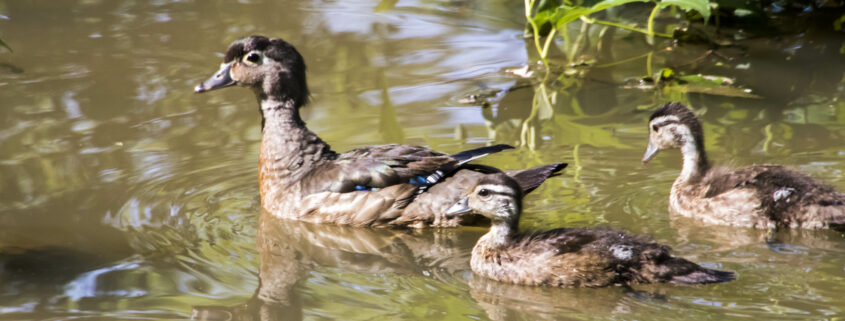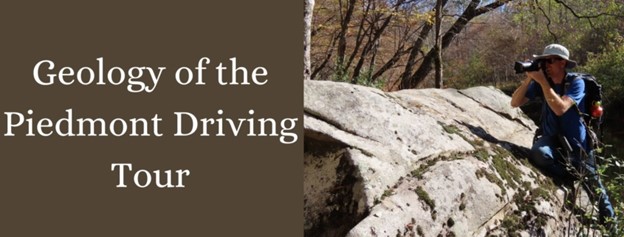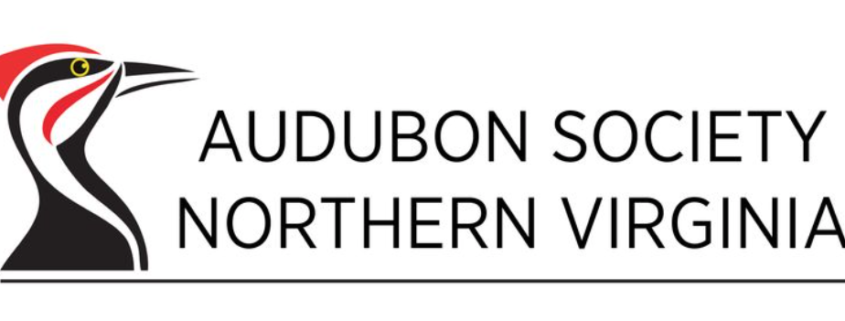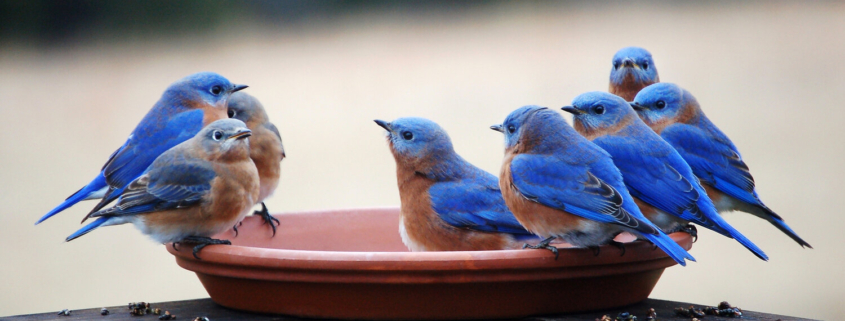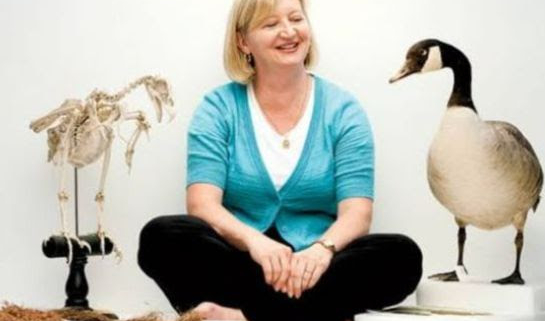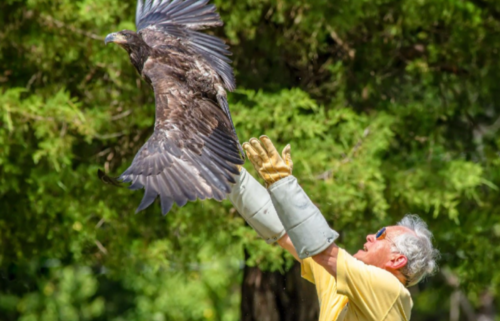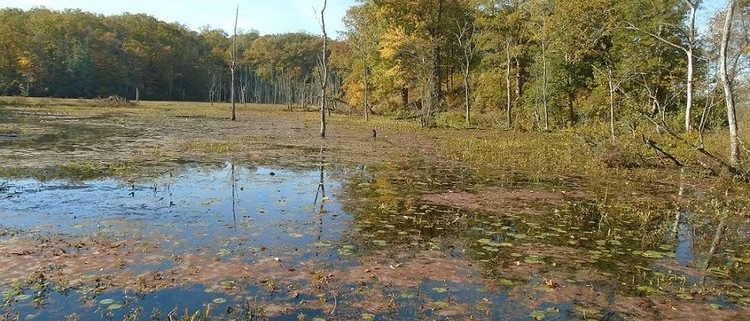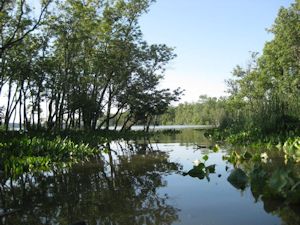Winter Waterfowl Count, February 11th and 12th
Photo: Huntley Meadows ducks by FMN Ana Ka’ahanui
Saturday and Sunday, February 11-12, 2023
7:00 AM – 2:00 PM
Where: To be Announced
Members: FREE
Non-members: FREE
The Winter Waterfowl Count is a citizen science effort organized by Audubon Society of Northern Virginia to track data about winter waterfowl. This survey complements the Christmas Bird Count, and the data is shared openly with the public. When it started in 2008, ASNV volunteers covered the Potomac River from Algonkian Regional Park in Loudoun County to Quantico Marine Base in Prince William County, as well as many inland bodies of water. In 2020 ASNV expanded the survey by to include areas along the Potomac River in King George and Westmoreland Counties down to the mouth of the Potomac River where it empties into Chesapeake Bay. See the results from last year’s count here.
Although we expect many veterans from past years to return, we can always use new volunteers. Beginners are welcome but we strongly encourage them to attend the Duck and Waterfowl Identification webinar on February 2 and participate in the field trip on February 4. Each volunteer will be assigned to a team led by an experienced birder. Each team determines the start time, which will vary between 7 and 8:30am. End times may also vary depending on assigned survey locations.
This count is organized by Larry Cartwight. The deadline to register is Thursday, February 9 at 9:00 PM so that you can be assigned to a team in time for the count on Saturday morning.
Larry Cartwright is an avid birder and leads several avian related surveys in Northern Virginia. He lectures on birds and birding for the Lifetime Learning Institute at Northern Virginia Community College. His lecture topics have included the evolution of birds from feathered theropod dinosaurs and birding in the Alaskan tundra. Larry has received several awards from scientific and conservation organizations, including the Virginia Society of Ornithology’s Jackson M. Abbott Conservation Award for 2013.
For FMN’s: Record service hours under ASNV– C036: ASNV Waterfowl Count – Audubon Society of Northern Virginia. Please include project details in the notes section when entering service hours.


